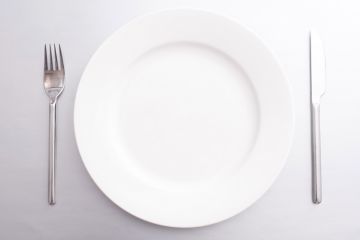The National Commission of Audit’s just-released report Towards Responsible Government reveals a poor understanding of the environment, biosecurity and the value of independent expertise in governance.
It starts off well outlining some principles for the role of government. The ninth of its 10 principles of good government states:
Government should act in the public interest and only intervene in markets where market solutions fail to produce the best outcome for the nation as a whole.
But it is downhill from there. None of the report’s principles or themes focus on ecological sustainability. One of the principles says that government should ‘only intervene in markets where market solutions fail to produce the best outcome for the nation as a whole’ but there is no discussion about the market failures that lead to environmental damage and no mention of prevention except for health, homelessness and policing. The immense value of preventative biosecurity action is ignored. The commission takes a very narrow view of ‘productivity’.
The commission recommends that biosecurity be retained within the department of agriculture ‘for now’, but that the necessity of almost all the national biosecurity committees and consultative groups be reviewed as part of ‘federation reforms’ (to reduce duplication and encourage competition). This includes the standing committee on primary industries and the national biosecurity committee, two essential bodies that foster state and federal government cooperation on responses to biosecurity outbreaks and biosecurity policy.
Through the proposed federation reforms, the commission is pushing for the federal government to relinquish involvement in functions for which the states have statutory responsibility. This would leave little space for federal oversight of cooperative arrangements that are in the national interest. Invasive species have no respect for state borders, and their management relies on effective coordination at all levels, as reflected in the One Biosecurity title of the 2008 independent review of federal biosecurity. The general approach of shrinking federal government involvement advocated by the commission is dangerous thinking if applied to biosecurity.
The commission places little to no value on expert advice or independent decision-making. For example, it proposes that the work of the Threatened Species Scientific Committee, an independent group of scientists that makes recommendations on threatened species and key threatening processes under the Environment Protection and Biodiversity Conservation Act, be absorbed into the environment department.
The central recommendation of the 2008 review of biosecurity arrangements, strongly endorsed by ISC and many other organisations and industries, was an independent biosecurity authority, designed to remove politics from biosecurity decisions and optimise science-based decision-making. The commission’s attack on stand-alone bodies and authorities may scuttle any chances of achieving greater independence for import decisions. It may also weaken the chances for ISC’s proposal for an Environment Health Australia, a collaborative body to improve environmental biosecurity including by preparing for high risk new environmental invasions. Poor decision-making processes in biosecurity will ultimately cost the nation far more than is saved in the sorts of ‘efficiency’ measures proposed by the commission.
While the federal government is yet to respond to the report, the treasurer has said: ‘I’d expect that the Government will adopt a vast number of recommendations.’
The environment has been a poor cousin to industry interests in Australia’s biosecurity system. The work of the commission of audit seems set not only to further entrench this situation but also harm industry interests in an effective biosecurity system.




